Fragrant Persian saffron has been exalted as a superior ingredient in foods and desserts since ancient times. In contemporary history the province of Razavi Khorasan has become the center of saffron production in Iran and, if its packaging and distribution channels are improved, the sale of saffron can become a chief source of non-oil income for Iranian exporters.
In recent years, one Iranian female entrepreneur has harnessed the natural abundance in her ancestral region to share this “Red Gold” with buyers in the West. Neda Taghavi’s Mizou Co cultivates and harvests saffron without the use of chemical fertilizers, and in doing so has put Sanu, a village in the Razavi Khorasan’s Gonabad County, on the map.
Taghavi, 45, emphasizes the pivotal role her own family – especially her mother – played in setting up the business. “My mother was the mother of this project,” she said in an interview. “The family must stand behind its younger members and support their thoughts and [business] strategies."
Taghavi holds a master's degree in business administration and, on completing her studies, moved from Tehran to Sanu. Her 20 years of tireless efforts in the area have created jobs for some 700 local saffron farmers across 450 hectares of organic land. In addition to exporting saffron to European and American countries, this trailblazing agriculturalist has expanded the business since 2013 to include the production of saffron-based edible and medicinal products.
The business revolves around Sanu being a “green village”, i.e., one that is environmentally friendly according to international standards, does not use chemicals to produce crops, and does not pose environmental hazards. Sanu, she says, is also sustainable in its use of both water and human resources, and its cultivation has been good for the local environment.
The amount of pollution caused by typical Iranian saffron farming methods, Taghavi says, is extreme. This in turn has caused foreign customers to avoid buying Persian saffron despite its renowned high quality. “For this reason,” she says, “by establishing a knowledge-based company and based on the opinions of more than 150 consultants, we applied a scientific reform of the cultivation and production methods."
Empowering Women
In her first five years of working in Sanu village, Taghavi also spent more than 150 million Tomans ($6,000) on setting up a human resources training school, because, she believes, "Efficient manpower is the first principle of any business development." The school has hosted workshops on eliminating chemical input in agriculture, has taught participants healthy and biologically-sound farming methods, and aided in the distribution of organic fertilizers to farmers.
However, Taghavi’s main goal, she says, has always been “to create jobs and empower women...planting and harvesting saffron is based on the strength of women living in areas such as Gonabad, and men are auxiliary forces in this profession.”
“In addition to rehabilitating and building green farms and producing organic saffron, we have set up carpet, kilim, and textile weaving workshops, and we teach these crafts to women volunteers in the area. Later, we intend to provide them with carpet-weaving frames to produce carpets."
The business has helped women in the area to gain independence while decreasing the rate of local rural migration to big cities. Taghavi believes that when there is a source of income close to home, most people will find no good reason to uproot themselves and move to urban centers.
Pitfalls and Obstacles
The organic saffron project has not been without its pitfalls. “Sometimes,” says Taghavi, “managers and those I expected to have a positive view of what I was doing — because of their knowledge of the situation — made disappointing statements. So, I decided to rely on rural manpower as far as possible, away from the offices and institutions – to the point that on the opening day of the project the district governor acknowledged he had not heard of such a project at all."
The choice of saffron as a precious natural resource to cultivate, Taghavi says, was no accident. “Saffron is a strategic product, and a product in which Iran has an absolute advantage. It is enough to look at the statistics: Iran annually produces more than 250 tons of saffron. In the other countries producing saffron, this number stands at a total of six tons a year.”
“One kilogram of saffron flowers contains 2,200 individual flowers. That means that a worker has to split these flowers, remove the crests and leave them to dry. About 10 grams of saffron is obtained from each kilogram of saffron flowers. Therefore, there are countless opportunities to create side enterprises based on this product. Razavi Khorasan province, at the very least, as the main location for saffron cultivation, should not be facing an employment crisis."
But despite all her efforts, Taghavi says, there is still a long way to go. "I’ll call myself a successful woman when I can increase the share of the Iranian farmer as much as possible. This has not happened yet.”
“We are still weak in product packaging and distribution; Iranian saffron is packaged in the UAE and Spain. All my efforts are focused on bringing the price of Iranian saffron closer to the standard global price. Because the current price of Iranian saffron is a big pain for me. I have been and I am an exporter, but exports at this price are unfortunate."
Taghavi currently has 60 employees in the village and 230 in the supply chain. The workforce is predominantly women, and she says her next project is to set up and develop an industrial facility that will create more than 100 jobs.
Being a woman in this line of work, Taghavi says, can be hard-going. “To become a successful entrepreneur, a woman must work many times harder than a man because the paths [to success] are still uneven. I have personally struggled a great deal.”
visit the accountability section
In this section of Iran Wire, you can contact the officials and launch your campaign for various problems











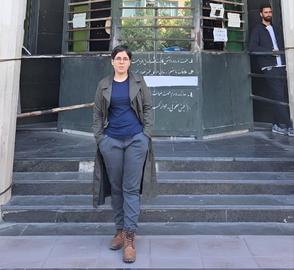
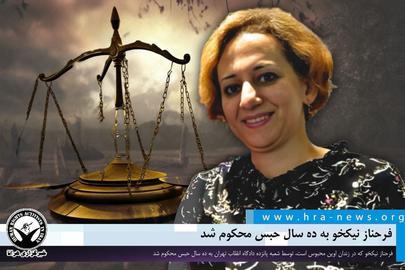
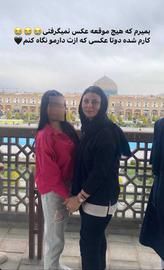

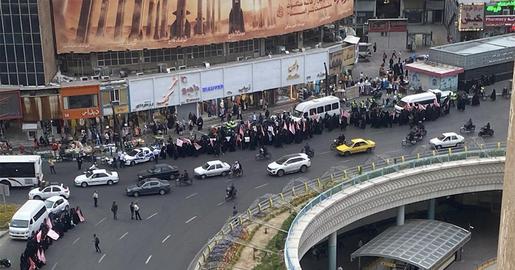
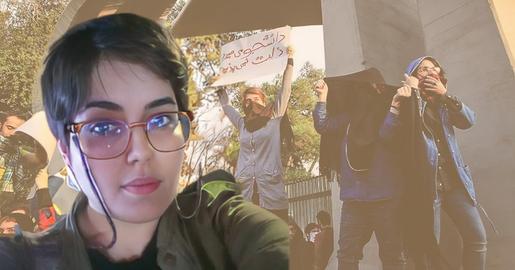



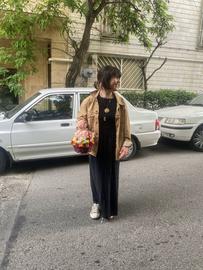
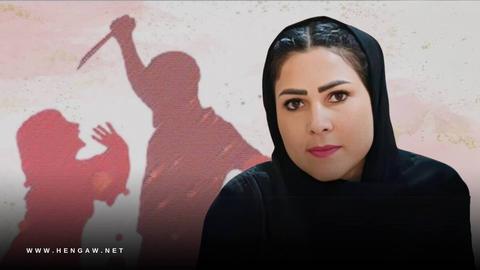




comments